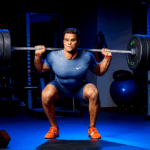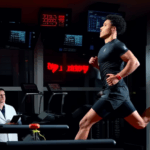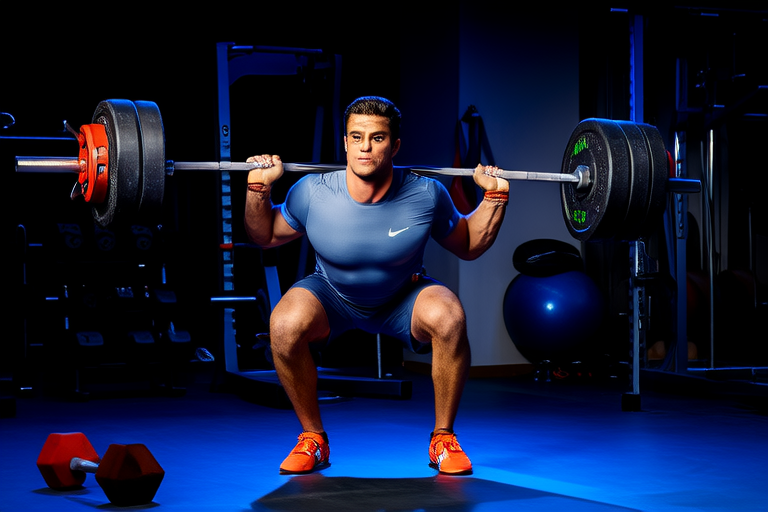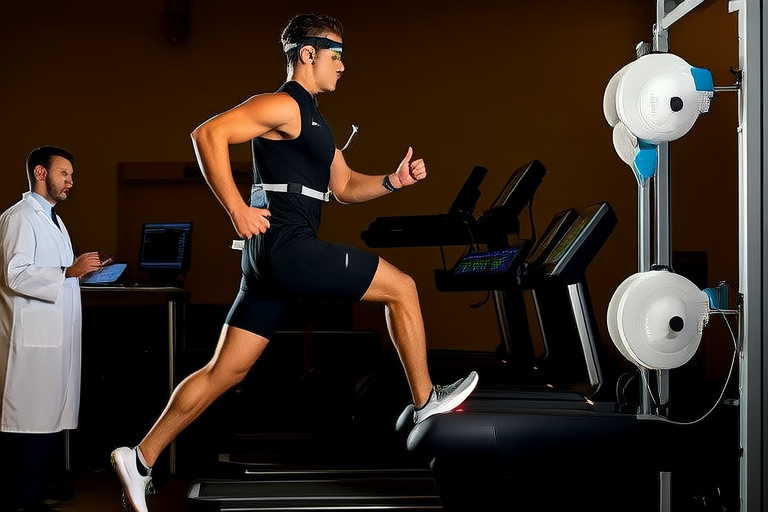Enhancing Performance: A Guide to Sports Science and Precautions
Introduction:
The world of sports is constantly evolving, driven by the quest for peak performance and injury prevention. Sports science plays a pivotal role in this evolution, offering athletes and coaches the tools necessary to optimize physical capabilities while minimizing the risk of harm. By integrating advanced knowledge from various disciplines such as physiology, psychology, and biomechanics, sports science ensures that athletes can push their limits safely. This guide aims to provide a comprehensive overview of how sports science can be leveraged to enhance performance and maintain safety.
Key Aspects of Sports Science
Nutrition
Proper nutrition is fundamental to athletic performance. Athletes need to fuel their bodies adequately to support rigorous training and competition. Carbohydrates provide energy, proteins help in muscle repair and growth, and fats offer essential fatty acids. Hydration is also critical; dehydration can lead to decreased endurance and increased risk of injury. Tailoring diets based on individual needs and specific sport requirements is crucial. For instance, endurance athletes may require higher carbohydrate intake compared to strength-focused athletes who might prioritize protein consumption.
Training Techniques
Incorporating diverse training methods enhances overall fitness and reduces the likelihood of overuse injuries. Strength training builds muscle mass and improves bone density, whereas cardiovascular exercises increase stamina and lung capacity. Plyometric drills improve explosive power, and flexibility training prevents joint stiffness. Interval training, alternating high-intensity efforts with periods of rest, has been shown to significantly boost aerobic capacity and metabolic efficiency.
Recovery Methods
Effective recovery strategies are vital for maintaining optimal performance levels. Active recovery, such as light jogging or cycling, promotes blood flow, aiding in the removal of waste products like lactic acid. Massage therapy can alleviate muscle tension and promote relaxation. Cryotherapy uses cold temperatures to reduce inflammation and speed up healing processes. Adequate sleep is another cornerstone of recovery; it allows the body to repair tissues and consolidate memories formed during practice sessions.
Mental Preparation
Mental fortitude is just as important as physical conditioning when competing at high levels. Techniques such as visualization, where athletes imagine successful performances, can enhance confidence and focus. Mindfulness practices teach individuals to stay present, reducing anxiety about past mistakes or future outcomes. Goal setting provides clear targets towards which athletes can strive, fostering motivation and direction.
Common Injuries and Preventive Measures
Despite best efforts, injuries remain a part of sports participation. Understanding potential risks and implementing protective measures can mitigate these dangers. Overuse injuries occur gradually due to repetitive stress on muscles, tendons, or bones. Proper technique instruction ensures movements are executed correctly, decreasing strain on vulnerable areas. Stretching before activity helps prepare muscles for exertion, while cooling down afterwards aids in relaxation.
Warm-Up and Cool-Down Routines
Starting workouts with a thorough warm-up increases core temperature and heart rate, preparing muscles for intense exercise. Dynamic stretches that mimic movement patterns used during competition are particularly beneficial. Conversely, cooling down after exercise involves gradually reducing intensity and performing static stretches to lengthen tightened muscles. Both routines contribute significantly to injury prevention and improved performance.
Continuous Education and Adaptation
The landscape of sports science is dynamic, continually influenced by new research findings and technological advancements. Staying informed about emerging trends and adjusting practices accordingly is essential for sustained success. Coaches and athletes alike must commit to lifelong learning, seeking out opportunities for professional development and staying engaged with relevant communities. Embracing change fosters innovation and resilience, qualities indispensable in achieving and maintaining peak performance standards.
Conclusion:
Enhancing athletic performance through sports science involves more than just physical training; it encompasses nutritional management, psychological preparation, and strategic recovery plans. By understanding the principles underlying each component and applying them thoughtfully, athletes can achieve greater success while safeguarding themselves against potential pitfalls. Ultimately, dedication to continuous improvement and adaptation lies at the heart of excelling in any sport.










